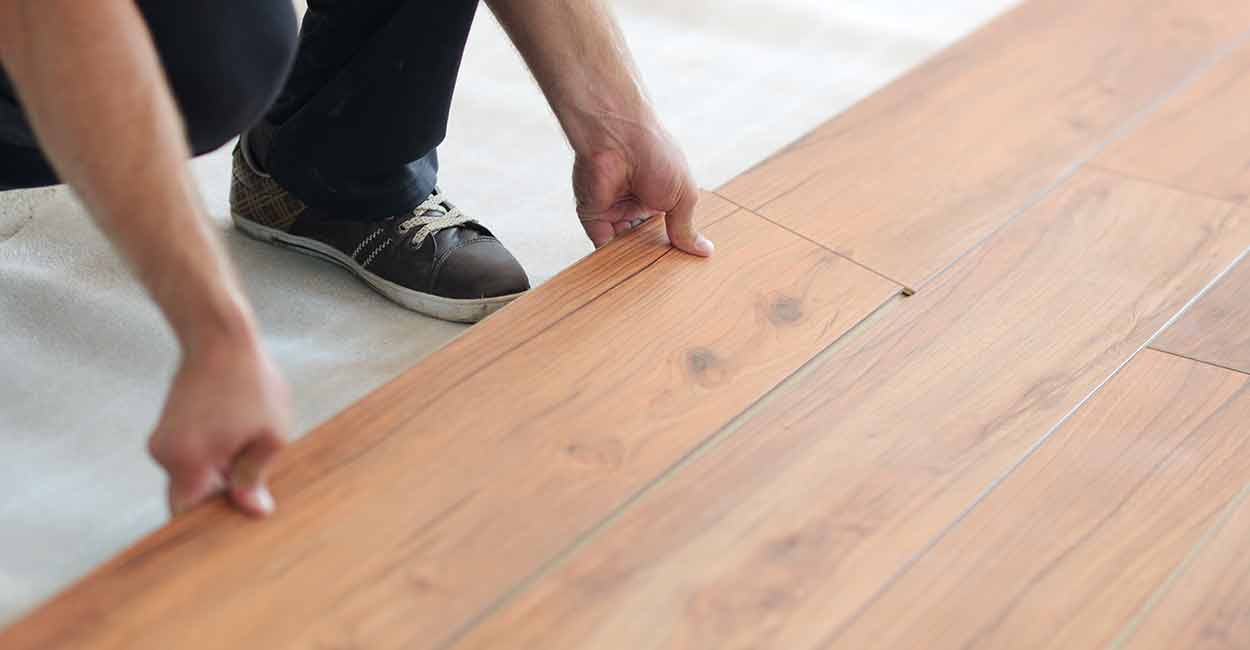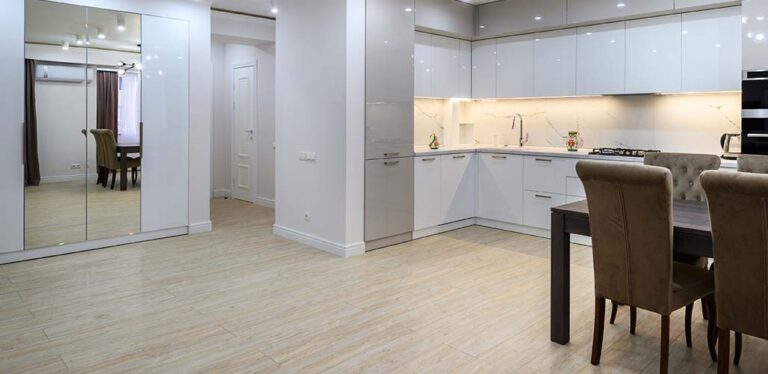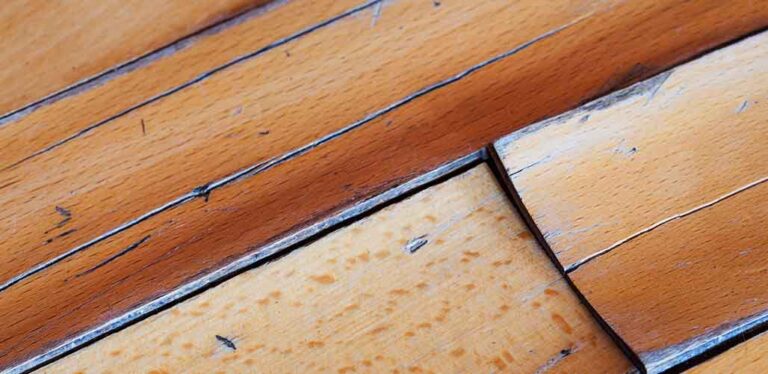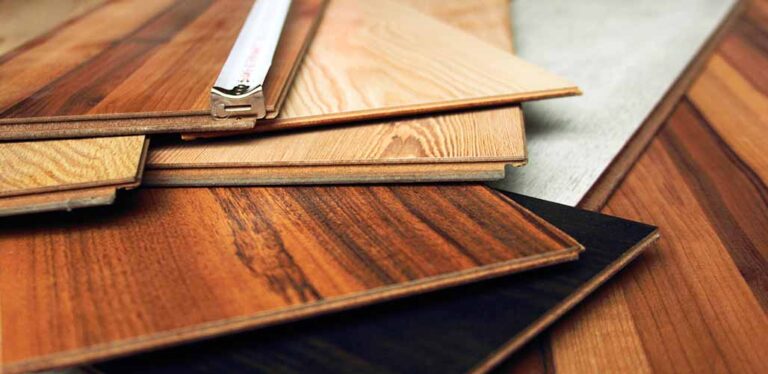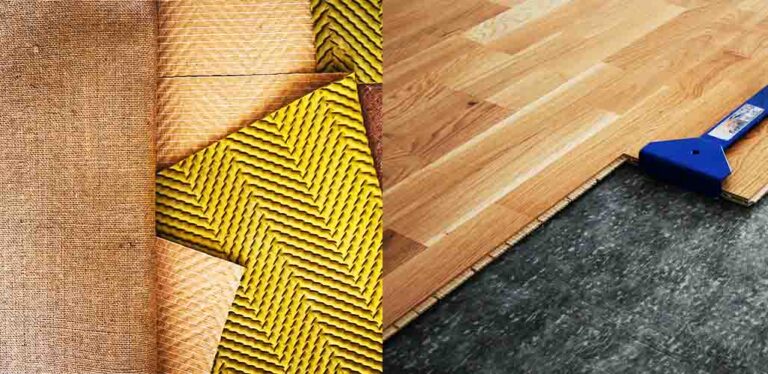Why Does Laminate Flooring Need Underlay?
Why does laminate flooring need underlay? Underlay provides stability, protects laminate flooring, and cuts down on noise. Without underlay, laminate flooring will not last long – and walking across laminate flooring will cause way too much noise! Laminate flooring is a type of “floating floor,” or a floor made with multiple layers of flooring. Underlay or underlayment is a crucial layer of laminate flooring. Thus, you cannot have a proper laminate floor without underlay. Today, I’ll explain the importance and benefits of underlay for laminate flooring, as well as how to properly lay your flooring.
Contents
- What are the components of laminate flooring
- How important is underlay for laminate floors?
- Benefits of laminate flooring underlayment
- Do you always need underlay with laminate flooring?
- Why does my laminate flooring move when I walk on it?
- Can I put laminate flooring directly on concrete or other floors?
What Are the Components of Laminate Flooring?
Laminate flooring consists of four layers: joists, subfloor, underlayment, and laminate. All of these layers are important for laminate flooring as a whole – you can’t just stick down laminate and hope for the best. To understand why laminate flooring needs underlay, it helps to know what each section of laminate flooring is.
Joists are lengths of material (usually wood or steel) used to support your floor. They are attached to the foundation of your home, and most homeowners never see them. The subfloor is a flat, walkable surface that covers the joists. It is usually made of wood or cement, and some floor coverings (i.e., carpet) can be affixed directly to the subfloor. Laminate flooring is not one of these floor coverings, however, so a layer of underlay is necessary.
Underlayment is a thin layer of foam that smooths out the subfloor and protects certain floor coverings, including laminate. Laminate is the final layer. It is a type of synthetic wood made with a particleboard base layer, an image layer, and a clear protective layer. It is thin and fragile, so it needs underlay for stability and protection.
How Important Is Underlay for Laminate?
Underlay a key component of laminate. If you think of laminate flooring as a puzzle you want to preserve for framing, underlay is the glue that holds the puzzle together. Without glue, your puzzle would simply fall apart when you lifted it off the table. Without underlay, pieces of laminate would shift, disconnect, and fall apart when you walked on them. Underlay helps pieces of laminate fit together. It also protects the fragile pieces of laminate from the imperfections of the subfloor and rising moisture from the foundation of the house.
Benefits of Laminate Flooring Underlayment
Underlay not only helps laminate planks lock together and controls moisture, but it also softens footfall and absorbs sound. The main benefits of underlayment are stability, protection, and noise reduction. Let’s take a closer look at each of these in turn.
Stability
Without underlay, laminate planks will move around and warp, and the floor will fall apart. Underlayment makes laminate floors sturdier and gives them more stability. The foam helps planks lock together and keeps them still when people walk on the floor.
Protection
Even though laminate flooring looks like wood, it is much more fragile. Without underlay, laminate planks can rub against the uneven subfloor when people walk or move furniture on top of them. Over time, the planks will chip or break, causing the destruction of the floor. Underlay also protects laminate floors from moisture, which can cause the planks to rot or mold over time.
Noise Reduction
Laminate flooring will not feel like a wood floor without the layer of underlayment. It may also sound loud or hollow when you walk on it. With underlayment, laminate flooring will absorb sound (much like wood) and soften your footfall. This is especially important if you are installing laminate flooring on the second story.
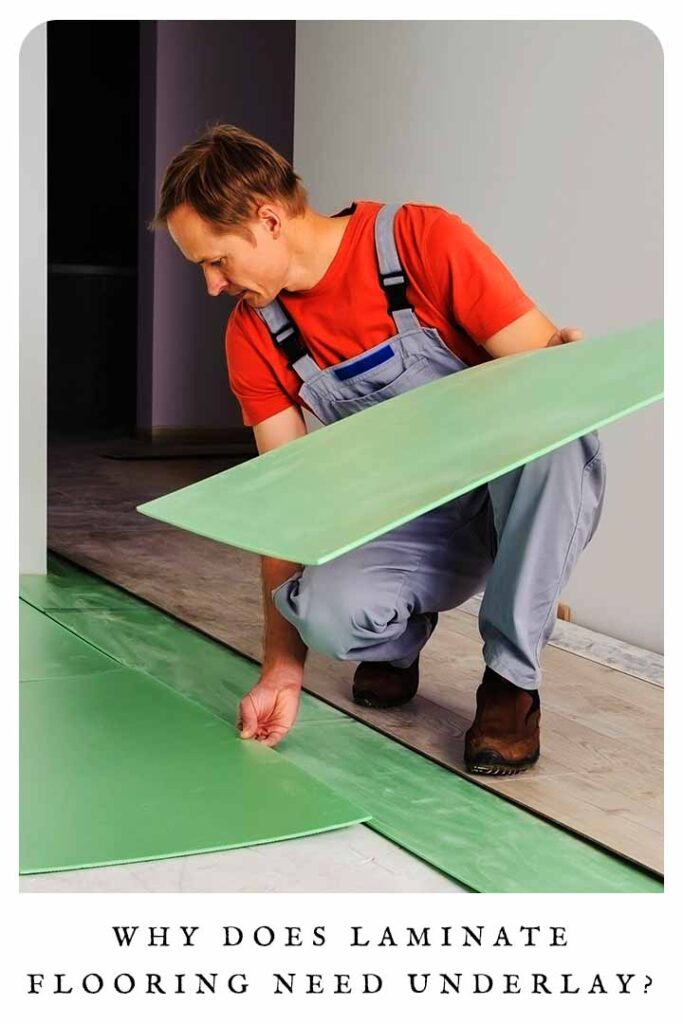
Do You Always Need Underlay with Laminate Flooring?
Yes, you always need underlay with laminate flooring. Nevertheless, some laminate flooring comes with built-in underlay. If this is the case, you do not need an additional layer of underlayment. You can simply rely on the underlay attached to each plank. However there are some downsides to this, compared to standard underlay.
Is Pre-Attached Underlay Better?
No. Laminate flooring slabs with pre-attached underlay are less effective than those without. An even layer of underlay provides even protection. So it’s best to install an entire layer of underlayment first, then add laminate flooring – without pre-attached underlay pads. If you need to save time or money, however, pre-attached underlay is better than nothing! The best type of underlay for you will usually come down to your individual circumstance.
Why Does My Laminate Floor Move When I Walk on It?
Your laminate floor may move or “bounce,” when there is a gap between the plank and the subfloor. Underlay is designed to fill this gap and prevent this movement by supporting your laminate floor.
You may have heard that you need a gap in your laminate flooring because it will expand and contract with temperature changes. This is not true. Although laminate is sensitive to temperature changes, underlay can help with temperature regulation and keep your floor from expanding and contracting too much. Instead of leaving a gap in your laminate flooring, install a good layer of underlay to keep your floor steady and sturdy.
Can You Put Laminate Directly on Concrete?
No. If your subfloor is concrete, add underlayment before installing laminate. The only exception to this rule is when laminate slabs are pre-fitted with underlay.
Can You Lay Laminate Over Other Floors Without Underlay?
Sometimes. If you already have a floor installed, say a vinyl floor, and you want to add a layer of laminate, you may be able to get away without underlayment. This is because certain floors, like vinyl, may already have underlay installed. Once again, laminate floors only need one layer of underlay. Doubling up on underlay can cause problems.
Install Your Floor Properly
Properly installed floors are cost effective, prevent fall-related injuries in older adults, and have many other benefits. If you want to install laminate flooring, the correct way to do so is with a layer of underlay. From pre-attached underlay pads to deluxe underlay foam, you have many options.
Whatever you do, do not skip the underlay. While skipping underlayment may seem like an easy way to save time and money, it will cost you in the long run. Without underlay, your floor will not last nearly as long, and it will require costly repairs. Worse still, improperly installed floors can introduce mold and cause falls and other health issues.
More Laminate Questions Answered
- Do rooms look bigger with laminate flooring?
- Is carpet underlay okay for laminate?
- Why do I need to have underlay with laminate?
- Why is my laminate floor buckling?
- Why is there a bubble under my laminate floor?

